Knowing how to jump start car with battery pack can be a lifesaver, especially since one in three drivers faces a dead battery yearly. Unlike traditional methods needing another car, a portable battery pack is much more convenient. Explore whether a hybrid can jump start a normal car and learn the facts.
I’ve found that having a portable jump starter reduces hassle and saves time – often within just five minutes, you’re ready to go! This method not only offers quick roadside help but is also safer, as it avoids connecting to a second vehicle, making it a must-have for every driver.
Quick Look
To jump start a car with a battery pack, first, connect the positive (red) clamp to your car battery’s positive terminal, then attach the negative (black) clamp to a grounded metal part. Turn on the battery pack and start your car. Once it’s running, turn off the pack and disconnect the clamps.
What are Portable Battery Packs?
A portable battery pack is a lifesaver when your car’s battery decides to go flat. It’s designed to provide instant power—typically between 400 and 3,000 amps—to jump-start your vehicle without needing another car. Unlike traditional jumper cables, you’re self-sufficient with this device.

One key thing I consider is the amp rating, especially if you have a larger vehicle. Compact cars usually need around 400-600 amps, but SUVs or trucks may require closer to 1,000 amps or more. A battery pack with 1,500 amps gives you confidence in emergencies for almost any car.
Battery capacity, measured in milliamp hours (mAh), is also essential. A pack with 10,000 mAh or more can handle multiple jumps or even charge your devices. Plus, most modern battery packs have extra features like LED lights, USB ports, and even air compressors for added convenience.
Can I use a battery pack to jump-start multiple vehicles in a day?
Yes, you can use a battery pack to jump-start multiple vehicles in a day, but it depends on the pack’s capacity and charge level. Most high-quality battery packs are designed to jump-start 3-5 vehicles on a single charge.
However, each jump uses a portion of the battery’s power, so if you’re jump-starting several vehicles, check the pack’s remaining charge after each use.
For best performance, fully recharge your battery pack after multiple jumps or if the power level drops below 50%. Ensuring the battery pack is well-charged extends its life and keeps it reliable for emergencies. Check out our guide on how to jump start a car by yourself for easy steps.
Step-by-Step Guide: How to Jump Start Car with Battery Pack
Jump-starting a car with a battery pack can be a lifesaver in unexpected moments. It’s simple, quick, and doesn’t require another vehicle. Let me walk you through the process step-by-step.
Step 1: First, I made sure my car’s ignition was off. This step is crucial for safety because it prevents any electrical surge. Always double-check that all systems, especially lights, are off.
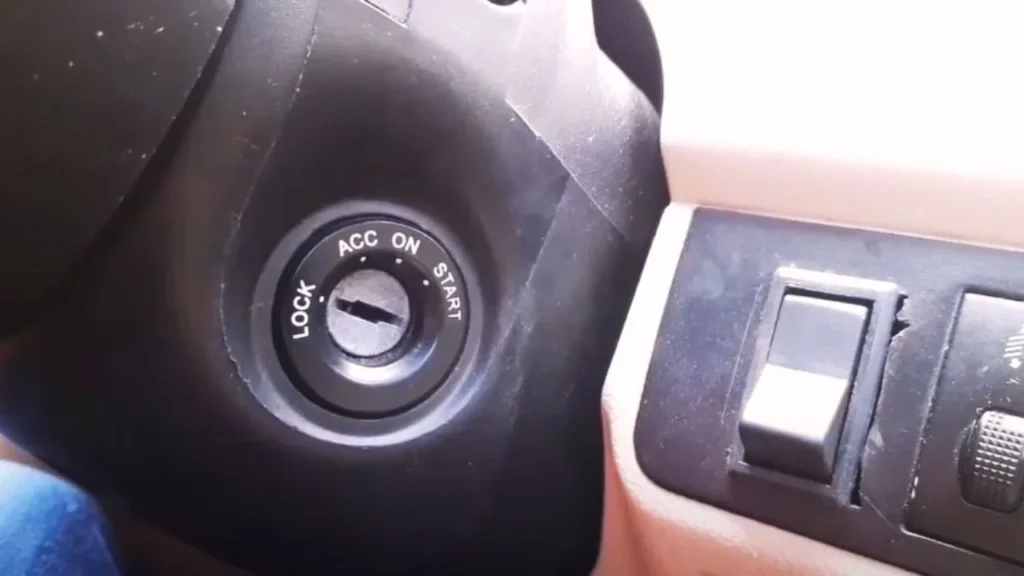
Step 2: Next, I connected the positive (red) clamp to the positive terminal of the car battery. This terminal often has a “+” sign, making it easy to identify. Using a 12V battery pack, I ensured a proper connection.
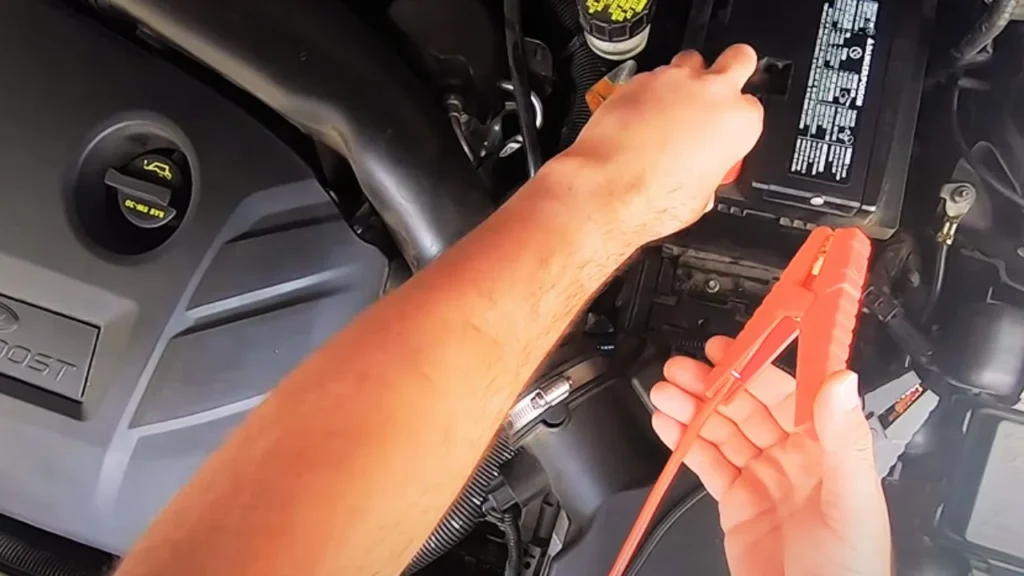
Step 3: Then, I attached the negative (black) clamp to a grounded metal part, like the engine block. This helps prevent sparks, which could otherwise be risky. Remember, having a solid ground can make a big difference in safety.
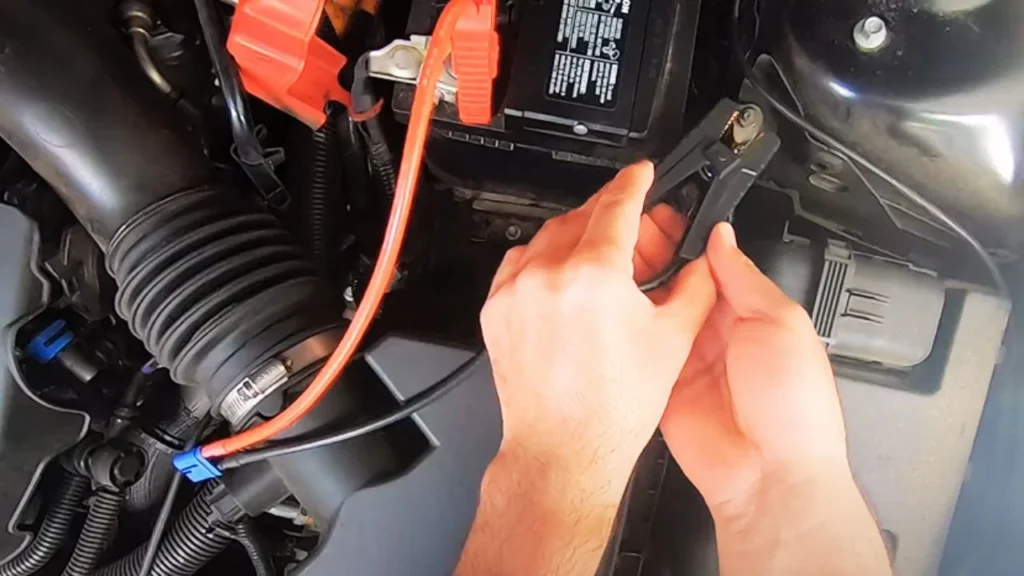
Step 4: Once everything was connected, I switched on the battery pack. Many packs have an indicator light that shows when they’re active. I checked that the battery pack had at least a 70% charge to ensure it was ready to go.

Step 5: I then turned the car’s ignition to try starting it. Usually, if everything’s connected well, the car should start within 2-3 seconds. It’s incredible how a battery pack can make such a difference!
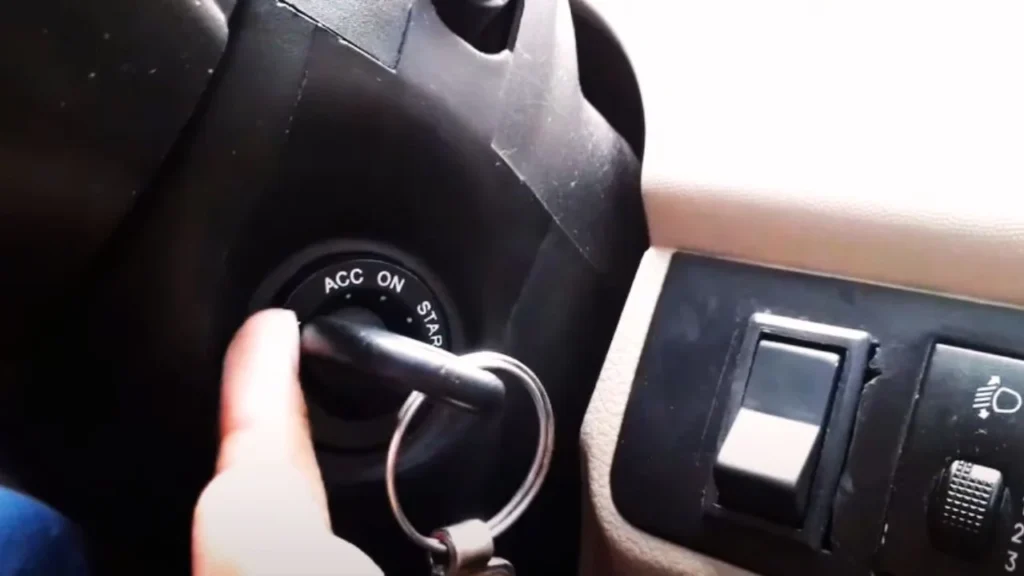
Step 6: After the engine was running, I powered off the battery pack. This helps save battery life for future use. Safety-wise, this prevents any backflow of current into the pack.
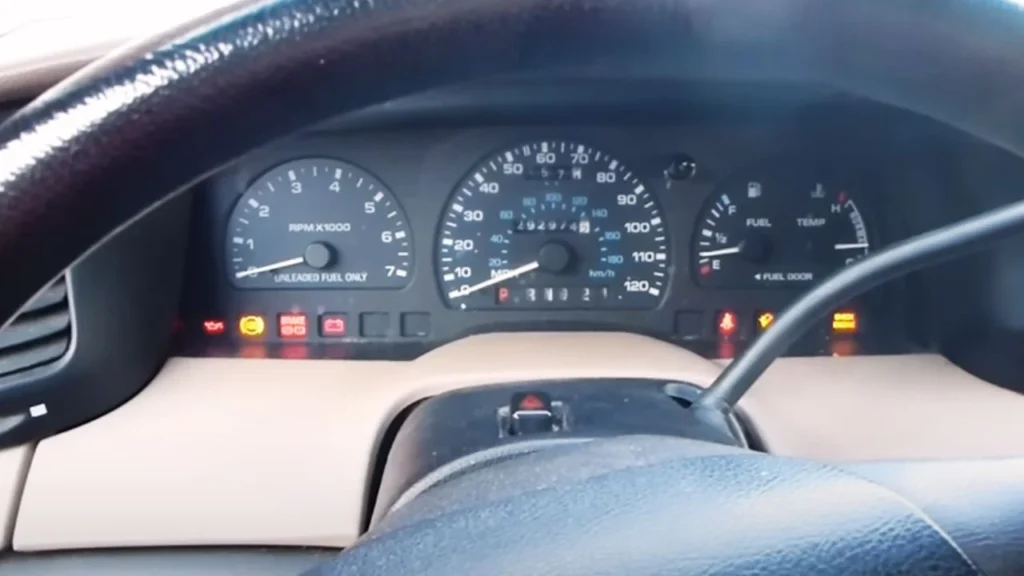
Step 7: Finally, I disconnected the clamps, beginning with the negative and then the positive. Reversing the order reduces the chance of a short circuit. It’s important to handle this last step with care, keeping everything in order.
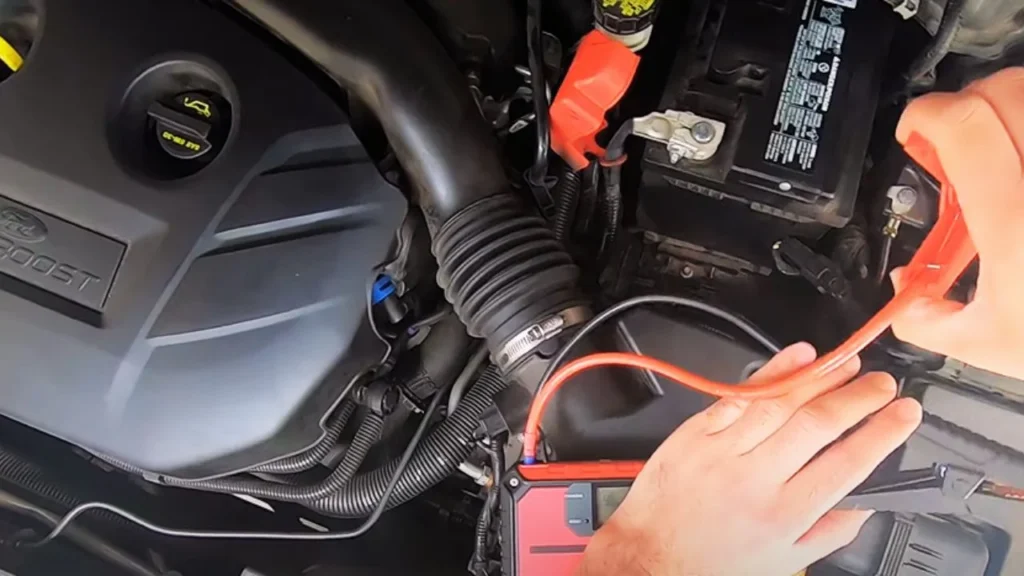
Post-Jump-Start Actions
After jump-starting my car, I knew there were a few follow-up steps to ensure everything ran smoothly. These actions help the battery recover and prepare the car for the road ahead. Here’s what I did right after the jump start.
Let the Engine Run
Once my car finally roared to life, I knew I couldn’t just drive off immediately. Letting the engine run for 15-20 minutes allows the alternator to recharge the battery properly. This waiting period is crucial to help the battery regain enough charge to prevent another sudden stall.
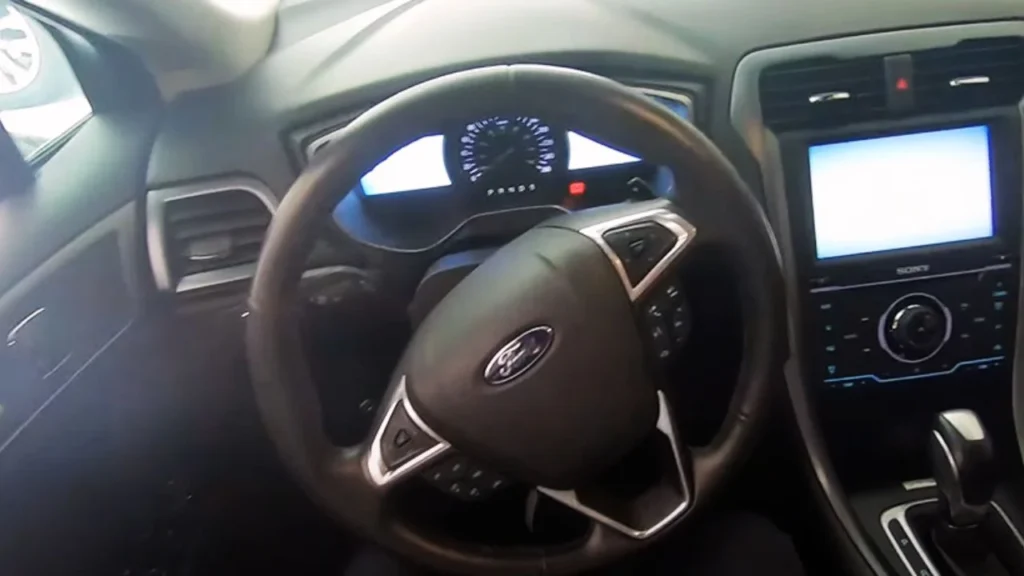
Monitor for Any Issues
I also like to keep an eye on the dashboard and listen for any unusual sounds during this time. A few extra minutes can reveal any lingering issues, especially if your battery has been fully drained. If something seems off, you might need professional help to check for underlying problems.
Recharge the Battery Pack
Lastly, it’s essential to recharge the battery pack after every use. Most packs are designed for around 20 jump starts on a full charge, so keeping it topped up ensures it’s ready the next time you need it. Our informative guide explains how to jump start a car without a battery.
Maintenance Tips for Battery Packs
Maintaining your battery pack is as important as knowing how to use it. A few easy habits can help extend its life and ensure it’s ready when you need it most. Here are five simple tips to keep it in top condition:
- Charge Regularly: Keep your battery pack charged at least every three months, even if you haven’t used it, to avoid any power loss.
- Avoid Extreme Temperatures: Store it between 32°F and 90°F, as extreme temperatures can shorten its life by up to 20%.
- Inspect for Damage: Check for cracks, corrosion, or swelling every few months. A damaged battery pack can be unreliable or even unsafe to use.
- Keep It Dry: Moisture can damage the internal components, so always store it in a dry place to maintain its reliability.
- Recharge After Each Use: After jump-starting a vehicle, recharge the pack immediately to ensure it’s ready for the next time you need it.
Common Mistakes to Avoid
1. Avoid Connecting the Clamps Incorrectly
One common mistake is connecting the clamps the wrong way, which causes dangerous reverse polarity. This can lead to sparks or even damage your car’s 12-volt system. Always double-check before turning on the battery pack.
2. Use the Right Amperage for Your Vehicle
Using a battery pack with low amperage can lead to failed starts, especially for larger vehicles. SUVs may need at least 1,000 amps, while sedans generally require 400 amps. Choose a pack suited to your car’s size for a successful jump.
3. Never Jump-Start a Leaking Battery
If your battery shows leaks or visible damage, avoid jump-starting. Ignoring these signs could lead to a short-circuit or worse, a battery explosion. Instead, consult a professional to replace it safely. Discover the best jump starter for V8 engines to ensure your vehicle runs smoothly.
Safety Guide
Jump-starting a car with a battery pack is quick, but safety is key. Follow these simple tips to ensure a smooth and secure experience every time.
- Choose a Safe Location: Always jump-start your vehicle in a safe, open area, away from flammable materials. Make sure the vehicle is in “Park” (automatic) or “Neutral” (manual) with the parking brake engaged.
- Inspect the Battery Pack and Car Battery: Before starting, check your battery pack for any damage, especially the cables and clamps. Also, ensure the car battery is not leaking or visibly damaged; a severely damaged battery should not be jump-started.
- Avoid Direct Contact: When connecting the clamps, avoid touching the metal parts to prevent accidental sparks. Make sure your hands are dry and clean, and never lean directly over the battery while connecting the pack.
- Follow Proper Clamp Connections: Attach the positive (red) clamp to the positive terminal of the car battery, then attach the negative (black) clamp to a grounded metal part of the vehicle. Incorrectly connected clamps can cause dangerous sparks or damage your vehicle’s electrical system.
- Monitor Battery Pack Usage: Battery packs have usage limits. If you need multiple jumps, let the pack cool for a few minutes between uses, and always recharge it afterward to maintain efficiency.
Final Words
Knowing how to jump start a car with a battery pack is a must-have skill for every driver. With a fully charged jump starter, you can get your car running in under five minutes—saving time and stress. Just one small device can deliver up to 1,000 amps, powerful enough for most vehicles.
It’s a reliable, quick solution that’s easy to store in your trunk. Trust me, being prepared with a battery pack is a smart, confidence-boosting move on the road. Learn about the best truck jump starter for emergencies to keep you prepared on the road.
